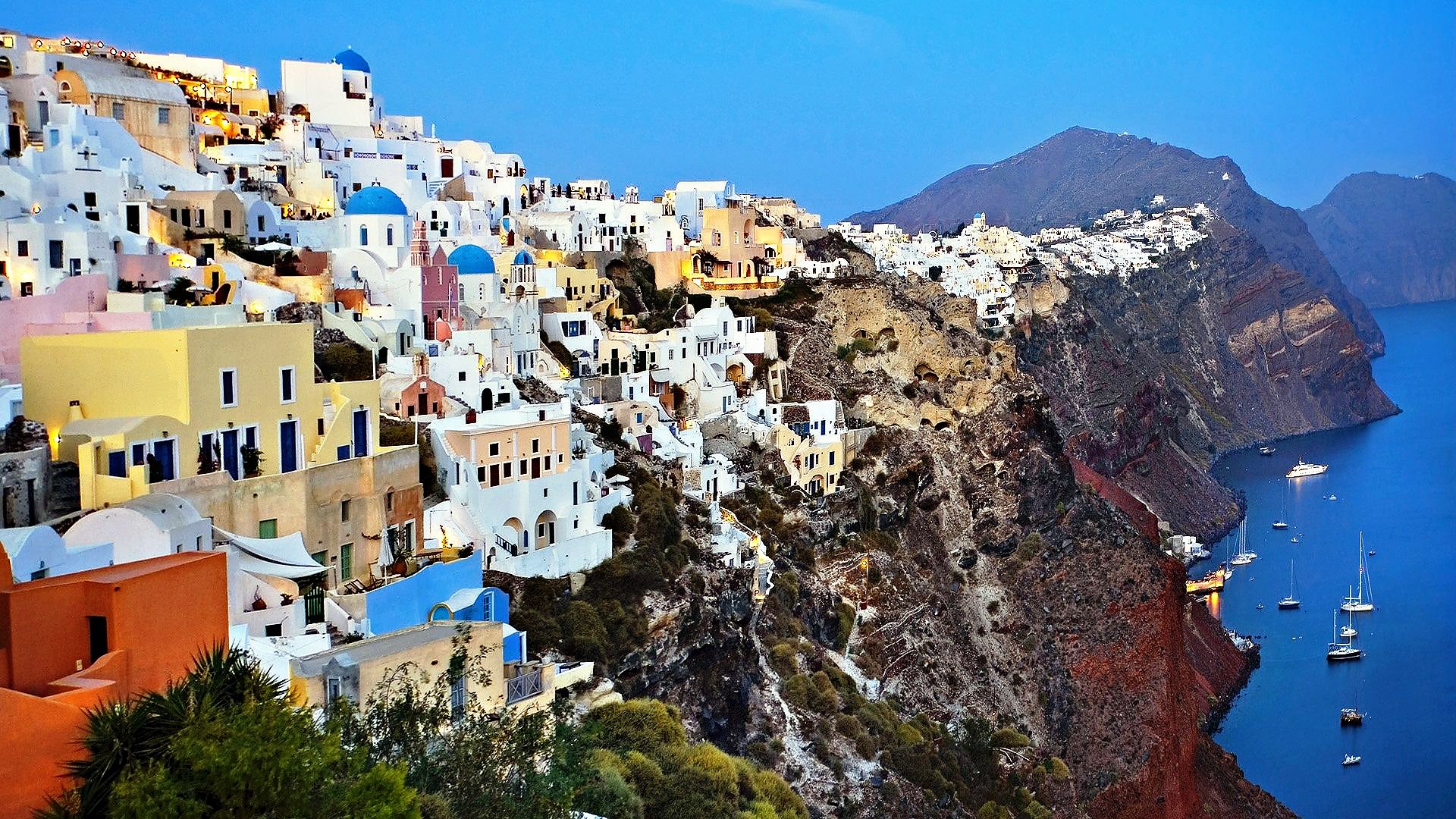When one envisions a Greek island, the mind often conjures images of sun-drenched landscapes, azure waters, and quaint, whitewashed buildings. Santorini embodies this picturesque ideal in every sense. But as you ponder your travel plans to this enchanting island, you might find yourself wondering, “How big is Santorini?” Understanding its size can shed light on its breathtaking beauty, unique geography, and the myriad adventures that await you. This exploration will take you through the physical dimensions of Santorini while also delving into the aspects that make this island a must-visit destination.
Santorini, located in the Aegean Sea, is a crescent-shaped island that measures approximately 76 square kilometers (around 30 square miles). Despite its modest size, Santorini is an archipelago formed by the remnants of a colossal volcanic eruption dating back to around 1600 BC, which shaped not only its geography but also its culture and allure.
The island’s dimensions might suggest a brief visit could suffice, but many travelers find themselves entranced by the myriad experiences Santorini offers. The sheer cliffs that frame the caldera present a stark contrast to the serene beaches below. Travelers often contemplate whether to explore the bustling towns or immerse themselves in the island’s natural beauty. What’s noteworthy is how Santorini manages to combine expansive horizons with intimate spaces. Each vantage point reveals different facets of its charm—facing the caldera at Oia during sunset feels like a glimpse into paradise, while a quiet beach like Ammoudi captures a sense of tranquility.
Now, let’s discuss the towns. The two primary towns, Fira and Oia, are perched on the caldera rim, embodying Santorini’s duality. Fira, the island’s capital, is a lively hub filled with shops, restaurants, and nightlife, showcasing the vibrant pulse of Santorini life. Oia, on the other hand, enchants visitors with its romantic ambiance, featuring iconic blue-domed churches and alleyways that seem to whisper the secrets of the past. While physically small, each town feels vast in its cultural offerings—art galleries, exquisite dining, and historical sites are densely populated within their limits.
Though Santorini’s size might suggest that one could easily traverse the island, the undulating terrain can be deceiving. Hiking trails wind through volcanic landscapes, providing breathtaking views at every turn. A popular trek runs from Fira to Oia, offering a spectacular walking experience where you can soak in the sights. The distance is about 10 kilometers (approximately 6 miles), which can take two to three hours depending on your pace. This hike transforms into a journey of discovery, as each step leads to new perspectives of the jagged cliffs and shimmering sea.
Another intriguing aspect to consider is the shoreline. While Santorini is best known for its towering cliffs, the island also boasts distinct beaches, each with a unique character dictated by the volcanic activity that forged the land. Red Beach and Kamari Beach deliver contrasting experiences—one with its striking red cliffs and black pebbles, the other a more traditional sandy respite. These beach spots illustrate the dynamic nature of Santorini’s landscape. Visitors might find themselves on a sunlounger one moment and exploring volcanic rock formations the next.
Water activities are plentiful around Santorini. The surrounding waters brim with life, offering incredible opportunities for snorkeling and diving. The vibrant marine ecosystem and mesmerizing underwater caves are a delightful surprise for adventurous spirits. This range of activities underlines an essential aspect of Santorini’s beauty: it juxtaposes relaxation with adventure wonderfully, making it a multifaceted destination.
The local gastronomy further complements the experience of this compact haven. Food here is an adventure unto itself. Santorini’s volcanic soil nurtures a distinct agricultural bounty, resulting in unique crops and wines. The island is particularly renowned for its Assyrtiko wine, whose crisp taste is a testament to the volcanic earth. Dining at a local taverna or enjoying a meal with sunset views adds layers to the sensory experiences on the island. It’s worth noting that although Santorini is small, the culinary offerings are vast and varied, ranging from fresh seafood to traditional Greek dishes creatively reimagined by local chefs.
Your journey wouldn’t be complete without touching on the cultural richness. The island’s history is steeped in tales of destruction and rebirth following volcanic eruptions. The archaeological site of Akrotiri, often dubbed the “Minoan Pompeii,” reveals frescoes and artifacts that speak of a vibrant civilization. Visiting such sites provides deeper insight into Santorini’s identity beyond its geological beauty.
Finally, the size of Santorini belies its potential for profound experiences. While physically manageable within a few days, the memories created on this island last a lifetime. From the interplay of ancient history and modern luxury to the contrasting landscapes of volcanic cliffs and serene shores, Santorini is a testament to the idea that beauty can be found in every nook, no matter the dimensions of the space it occupies.
In conclusion, Santorini, though limited in size, offers boundless beauty and adventure that make every visitor’s experience uniquely enriching. Whether you’re gazing at a caldera sunset, indulging in local cuisine, or exploring the rugged trails, the island encapsulates a world of wonders waiting to be discovered. Indeed, Santorini illustrates how size and beauty can coexist harmoniously, creating an unforgettable tapestry of travel experiences.
